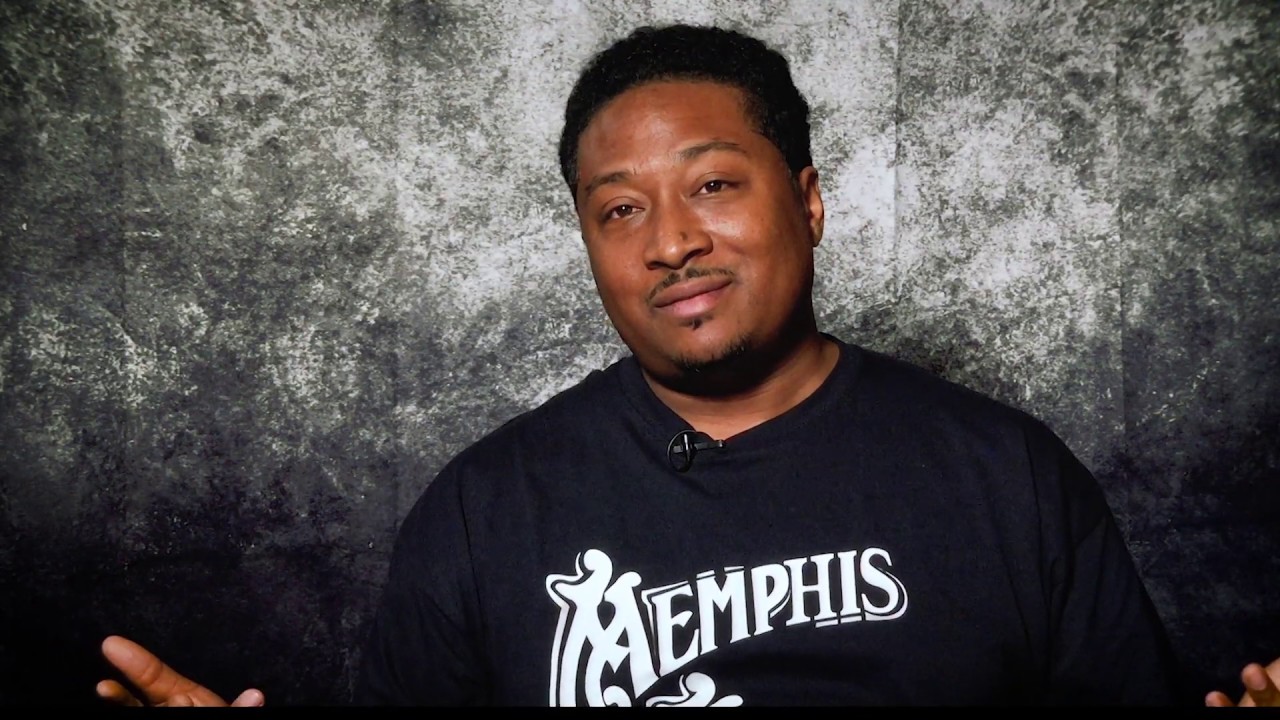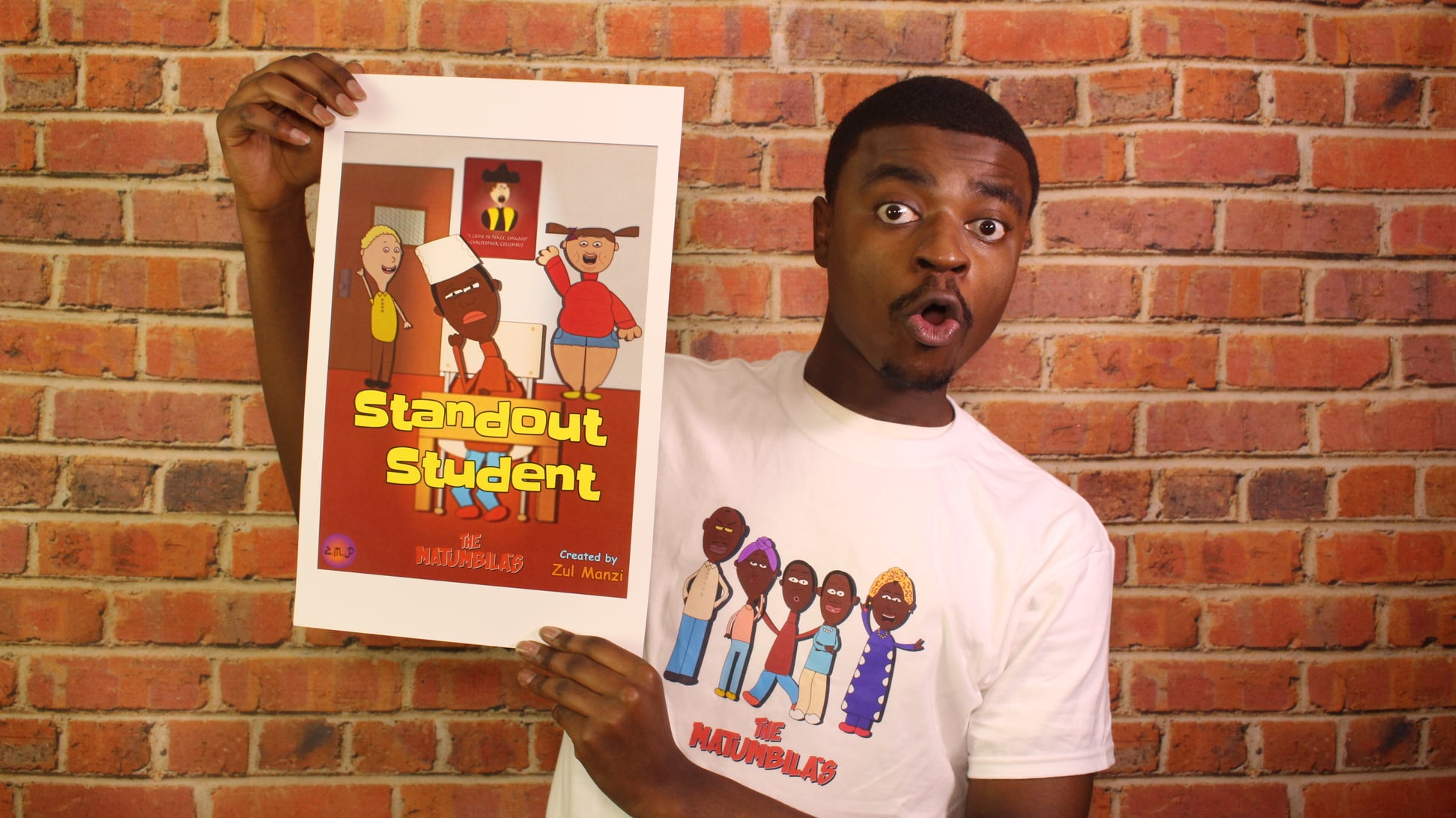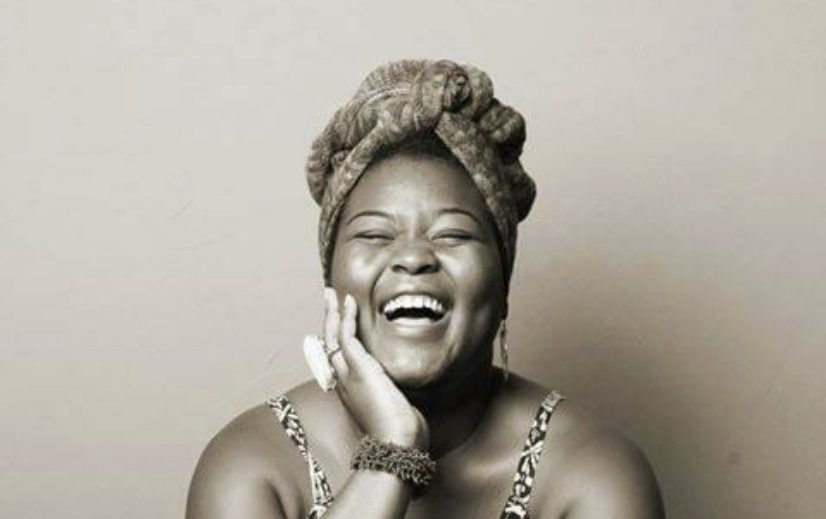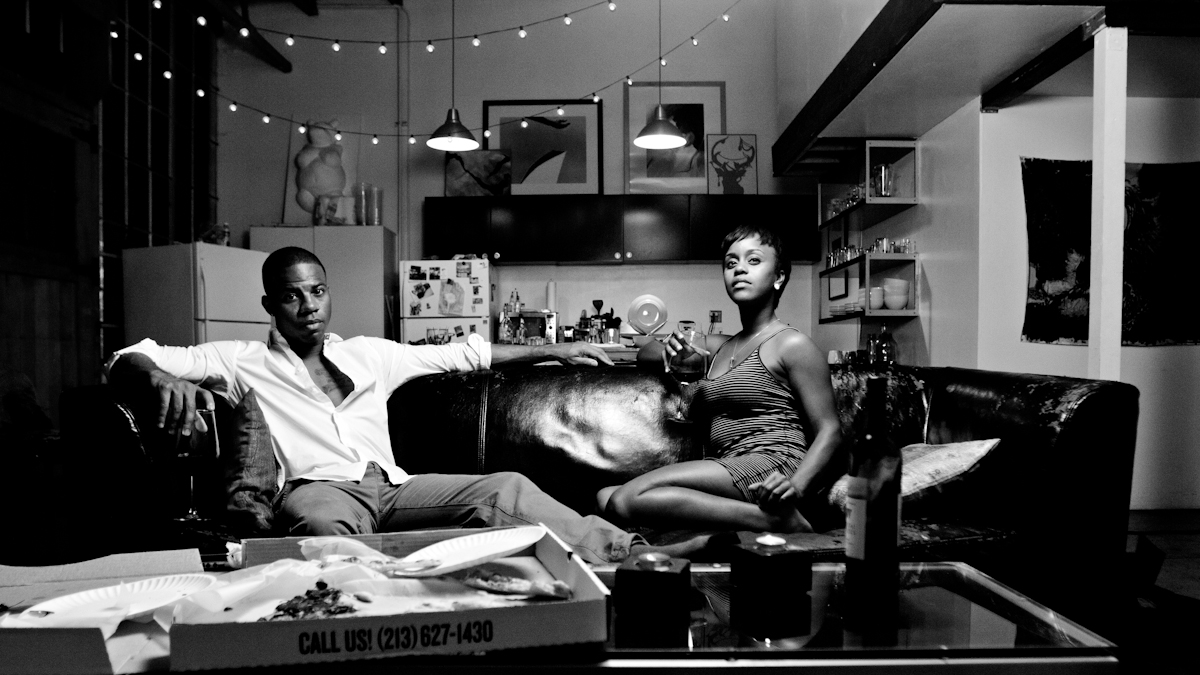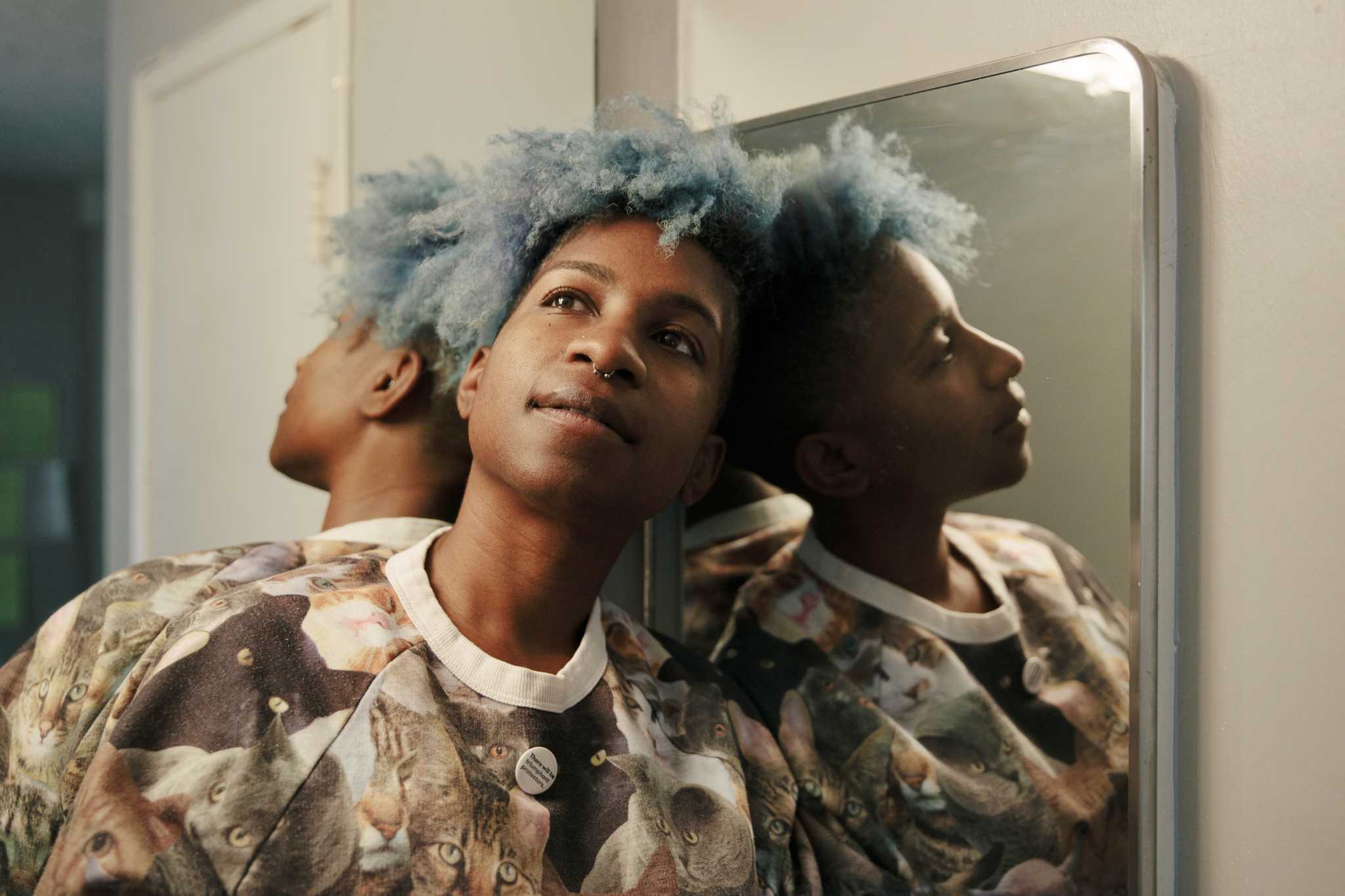Memphis Majic is a compelling documentary that uses the origin of “Memphis Jookin” as a way of telling the deep history of Memphis, Tennessee. Released in 2019, the documentary won the Silver Award at the Spotlight Documentary Film Awards and has been shown in several film festivals. The director of the documentary, Eddie Bailey, was born in Memphis himself.
“Memphis is one of those places where it’s like a Blue collar town” said Bailey. “It’s a midsize population wise city, but it’s definitely a Black city.”
kweliTV had the opportunity to sit down and talk to Bailey about the documentary.
kweliTV: What was the inspiration behind making “Memphis Majic”?
EB: “I’ve always been interested in street dance. Specifically African American street dance, which most street dances come from anyway, but Southern street dances because they’re so different from dances from the West Coast and East Coast. And because I’m from Memphis, I gravitated towards Jookin. When I saw Jookin, the first thing I thought it looked like was urban ballet. It was just graceful. You know these guys are standing on their toes in sneakers, and doing three, four, sometimes five rotations in Nike Air Force 1s. They hadn’t been trained to dance, they were just doing it. So my first question is how long has this been around?”
kweliTV: How much pop culture today is influenced by Memphis Jookin?
EB: “You see it a lot in the trend dances or what Memphis people call trend dances. Dances that kind of come and go. What you’ll see is these dancers on Youtube who become famous, [and] what they’ll do is they’ll incorporate a lot of the Memphis Jookin’ techniques into the dances. When you look at it you just think it’s a cool dance. It’s kind of like what Preston Lauder said when Elvis [Presley] went to the Ed Sullivan Show. He was doing all of these moves he got from this Black guy in Memphis named Calvin Newborn. When the World saw it, they just thought it was something cool. So it was kind of like it’s familiar to everyone, but no one knows where it’s from. That’s what Jookin is, kind of familiar to you, but you don’t know where it is from.”
kweliTV: How important was it to include the protests and the removal of the confederate statues in Memphis in 2017? How did you film those intense scenes?
EB: “In the documentary, they lay out the history of Memphis and how the racist policies have continued to hold the Black community down. When we introduce that scene, we show a woman by the name of Tammy Sawyer who ran for mayor last year. She lost to Jim Strickland, the current mayor. She was one of the activists in the statue removal, and what she said was that the statue was built to intimidate Black business owners on Beale Street to remind them this was a white town. It reminded [the activists] of white supremacy. So that’s why it was important for me to get that. The DP that I used wasn’t there that day, so I called a cousin of mine who is a filmmaker in Memphis as well. My idea was I’m gonna go handheld and I’m gonna be in the moment. [My cousin] was on a segway and a steady cam, and I said I want you to get the periphery so we can get two different perspectives.”
kweliTV: You touch on it a little in the documentary, but what effect do you think gentrification has had on Memphis?
EB: “I just think gentrification is another thing that pushes us further back from being able to participate in the city’s wealth. I think it’s just another deterrent that puts Black people behind the 8-ball. I think the only thing that repairs it is a plan for reparations, but I don’t think we’re there yet.”
kweliTV: What do you want your audience’s biggest takeaway to be from “Memphis Majic”
EB: “What I want people to take away from it is I want people to look at the City of Memphis a different way. One thing I want people to know is Memphis is a American city that has given so much to the world. So much so that you hear it everyday, but you don’t really know about it because Memphis is one of those cities that is continuously looked over. I also want people to look at these dancers who have created an industry within their own city out of a street dance and continue to try to build it. I do think that I want people to look at it and think that Memphis needs policies pushed to help these African American kids in this city and just the city as a whole. There’s no reason why people who are descendants of American slavery, to have built this country, and to have built Memphis specifically and saved Memphis via Robert Church, and not be able to participate in the white wealth that is there in Memphis that Black folks created.”
